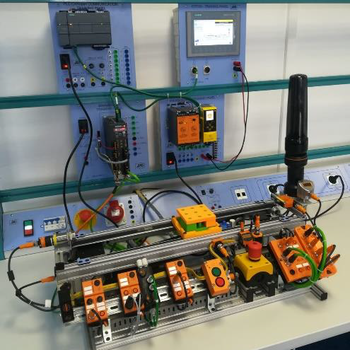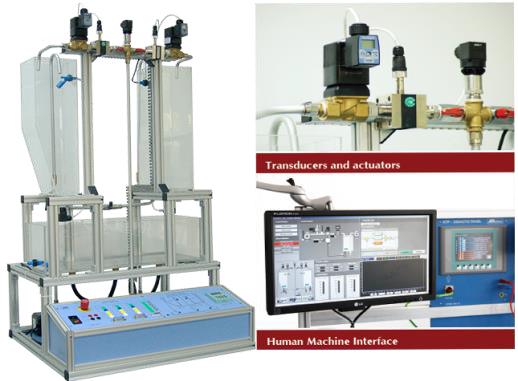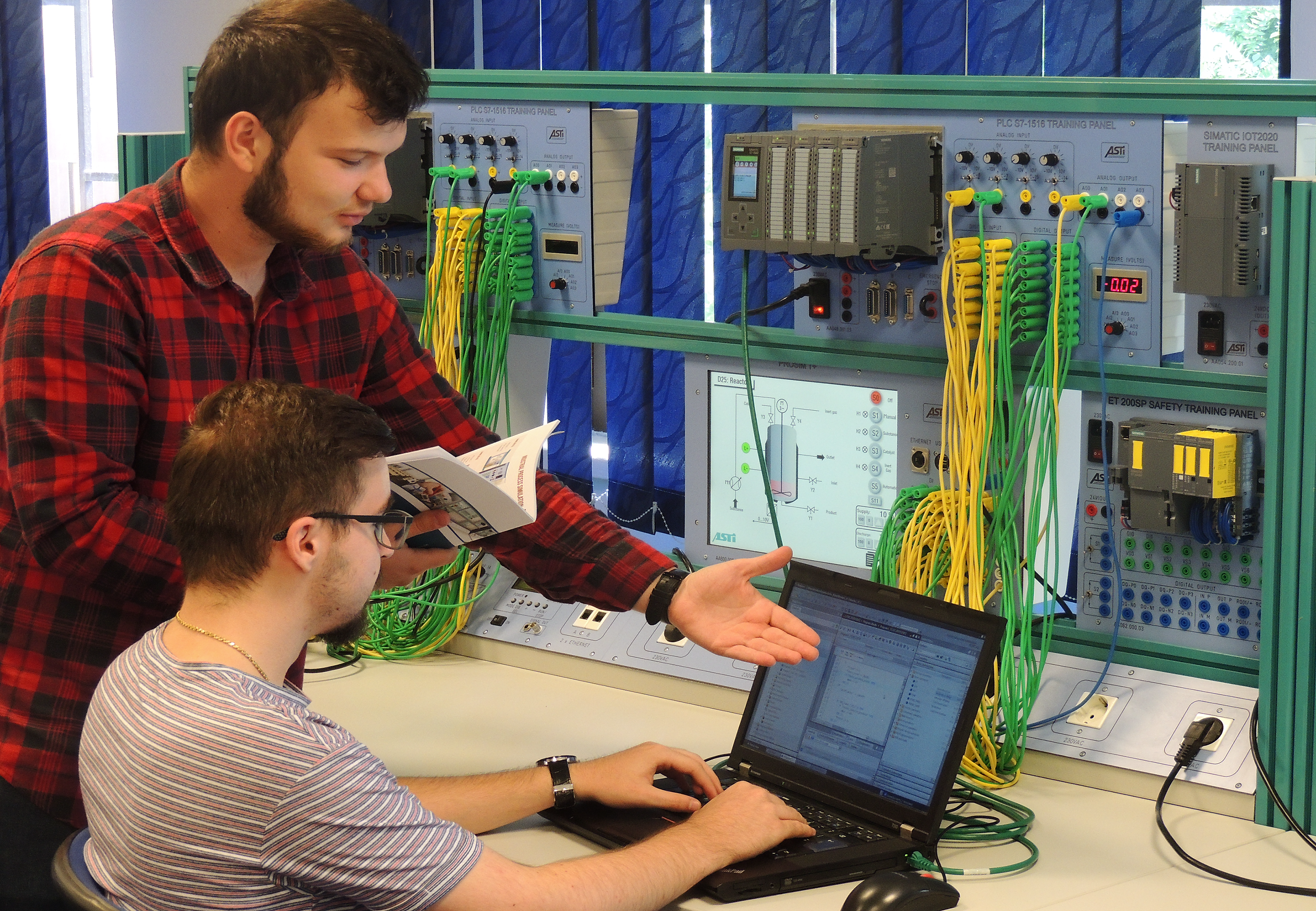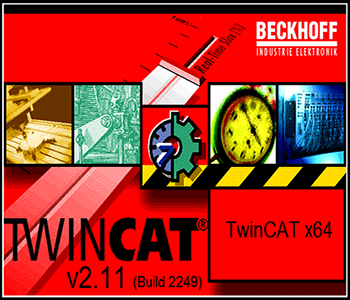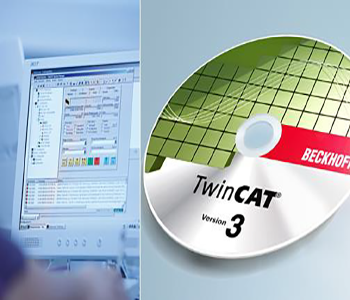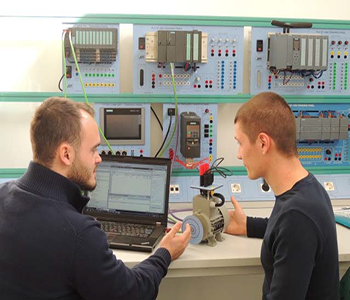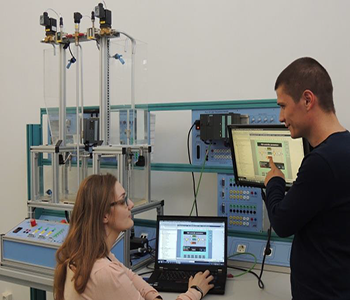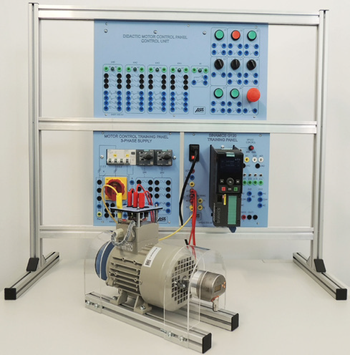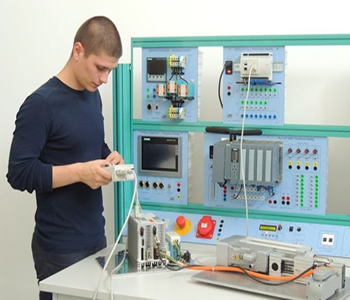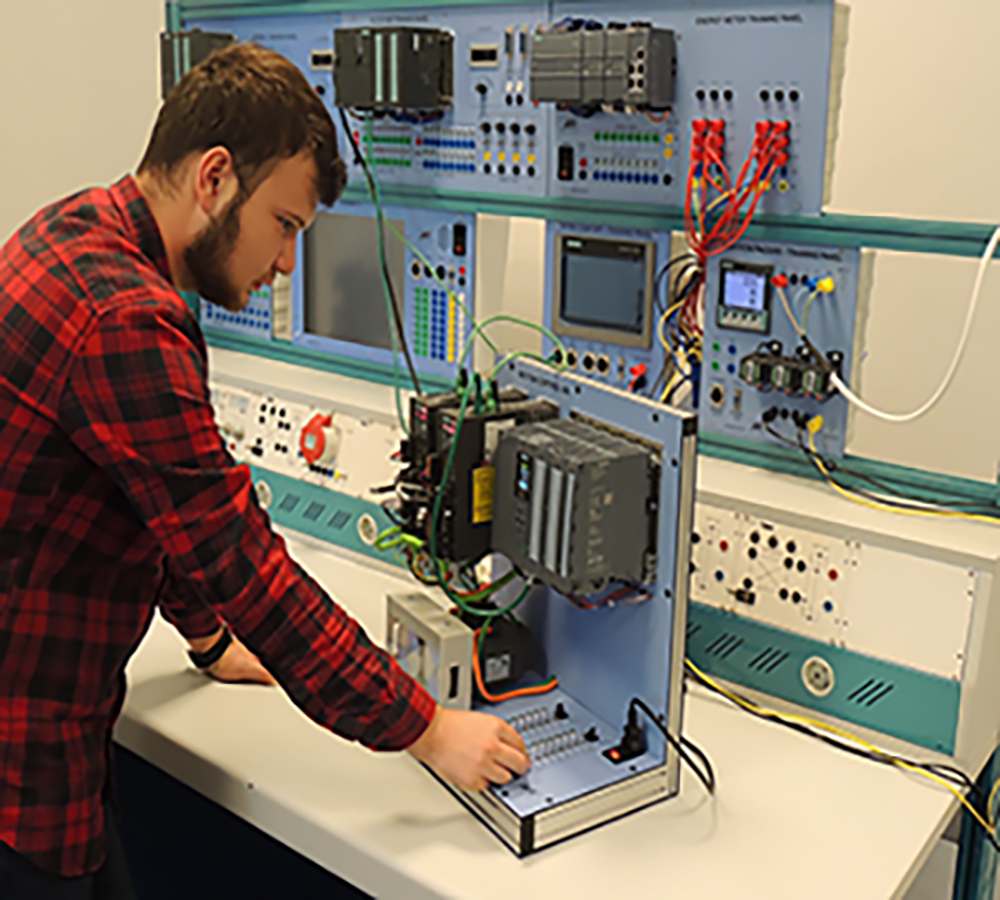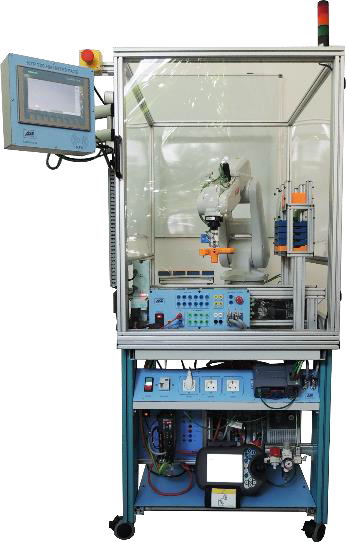The quality of an automation solution is strongly influenced by the quality of the measurement of the process parameters. This course provides basic knowledge about structured and effective principles and notions regarding sensors and transducers as well as their use in industrial processes. Parametrization, measurement and monitoring applications will be carried out through structures involving sensors and transducers. As a necessity in the current automation environment, the field communication layer will be included in relation to the industrial sensors. Protocols such as IOLink and AS-i interface and Profinet will be used in the practical exercises.
Target group: Engineers and technicians
Content:
• Sensors and transducers - introduction
• IO-Link - general characteristics and configuration
• AS-i - general characteristics and configuration
• Profinet - general characteristics and configuration
• RFID – general characteristics and configuration
• Practical exercises with conveyor system
• Operate and maintenance procedures
Objectives:
At the end of this seminar, the trainees will be able to:
• Identify and understand the purpose of typical sensors and transducers types: inductive, capacitive, optic
• Configure an IO-Link sensor topology
• Configure an AS-i sensor topology
• Operate systems with different types of sensors and communication topologies
• Develop an automation solution
Duration: 4 days
Note: Enrollment and participation in this course requires basic knowledge in the field
